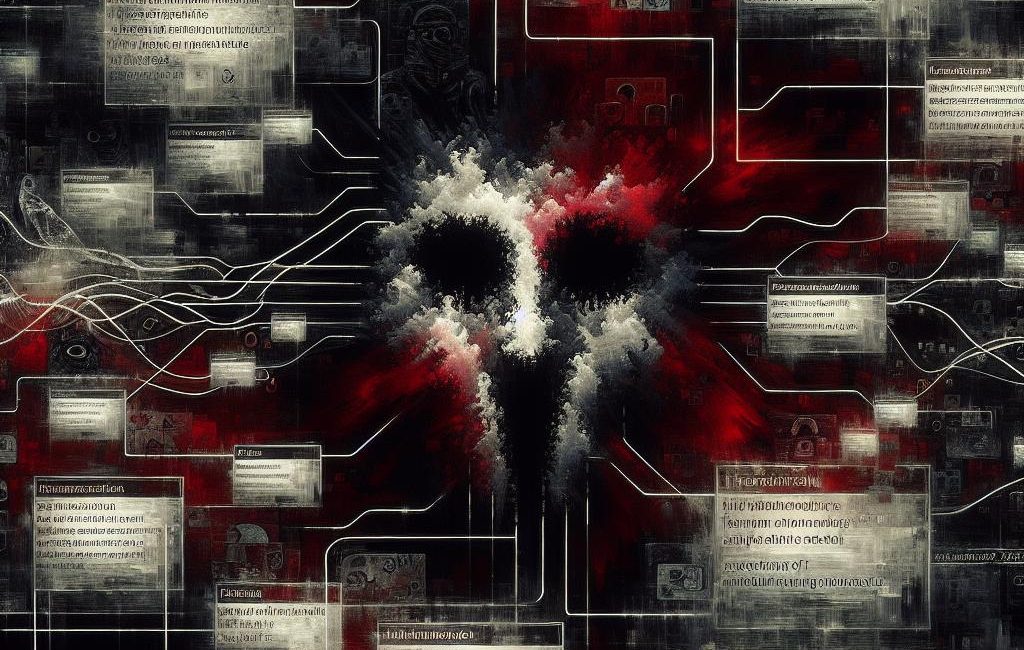Massive Ransomware Attack Targets Change Healthcare, Exposing Data of Over 100 Million
In an alarming escalation of cyber threats targeting critical infrastructure, Change Healthcare has fallen victim to a ransomware attack, marking the largest medical data breach in U.S. history. This breach has exposed the personal health information of over 100 million Americans, sparking widespread concerns about the security of sensitive medical data.
Timeline of the Cyberattack
The breach occurred in February 2024, though it was not publicly disclosed until February 21. Change Healthcare, a key player in processing claims and data sharing within the U.S. healthcare sector, was forced to take its systems offline to contain the damage. This caused significant disruptions across the healthcare industry.
UnitedHealth Group (UHG), the owner of Change Healthcare, initially estimated that the breach might affect one-third of the U.S. population. By late October, the U.S. Department of Health and Human Services Office for Civil Rights confirmed the staggering figure: more than 100 million individuals were impacted.
Scope of the Data Breach
The stolen data includes a wide array of personal information, such as names, addresses, dates of birth, phone numbers, and government ID numbers like Social Security and driver’s license numbers. Additionally, hackers accessed sensitive health data, including diagnoses, medications, test results, and health insurance details. Financial data tied to claims and payments were also compromised.
Change Healthcare’s merger with Optum, a UHG subsidiary, had already expanded its access to patient records, making the breach particularly impactful. In total, UHG offers benefit plans to over 53 million U.S. customers, with Optum serving about 103 million individuals.
Cause and Consequences
The breach was orchestrated by the ALPHV/BlackCat group, a Russian-speaking ransomware gang. A significant lapse in security—namely, the lack of multifactor authentication—facilitated the attack. This was admitted by Change Healthcare during a House hearing in April.
UHG reportedly paid a ransom of approximately $22 million to recover their data and prevent its further dissemination. However, the attackers, known for their unscrupulous tactics, reneged on their agreement, further complicating the situation for UHG.
Protecting Yourself Against Data Breaches
- Remove Personal Information: Consider using data removal services to systematically erase your personal information online.
- Beware of Mailbox Scams: Be cautious of fraudulent communications via mail, as hackers have access to your address.
- Phishing Vigilance: Avoid clicking on links or sharing personal information with unknown email senders.
- Monitor Financial Accounts: Regularly check your bank and credit card statements for unauthorized transactions.
- Social Security Awareness: Be aware of potential Social Security scams and report suspicious activities promptly.
- Identity Theft Protection: Consider investing in identity theft protection services that offer monitoring and alerts.
For more information on identity theft protection, visit Social Security’s official website.
Future Implications
The Change Healthcare breach underscores the critical need for robust cybersecurity measures across all sectors handling sensitive data. The healthcare industry, in particular, must prioritize the implementation of advanced security protocols to safeguard against future attacks. As cyber threats continue to evolve, the onus is on both corporations and governments to enhance their cybersecurity frameworks and protect citizens’ data.
The incident also raises questions about the adequacy of current cybersecurity practices and the role of government oversight in enforcing stringent protective measures. As we move forward, it will be imperative to address these vulnerabilities to prevent similar breaches in the future.







